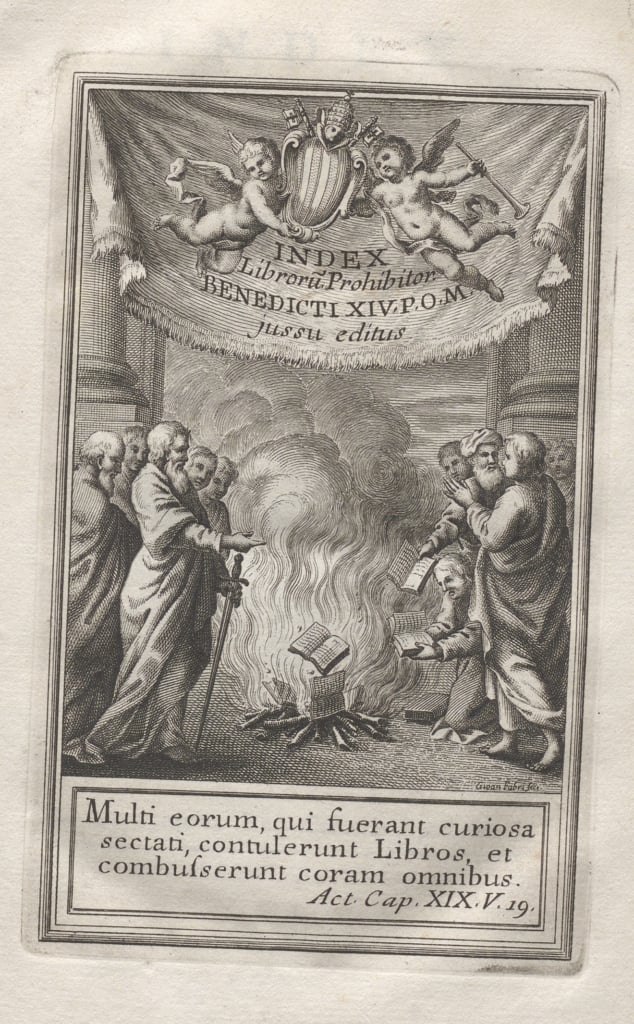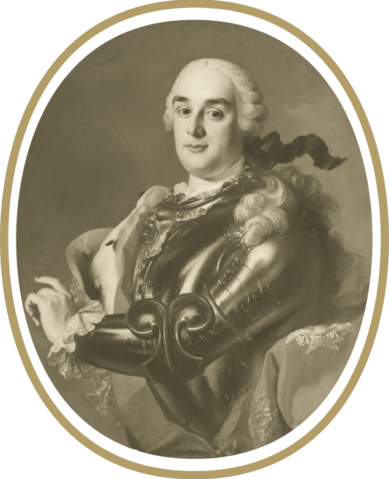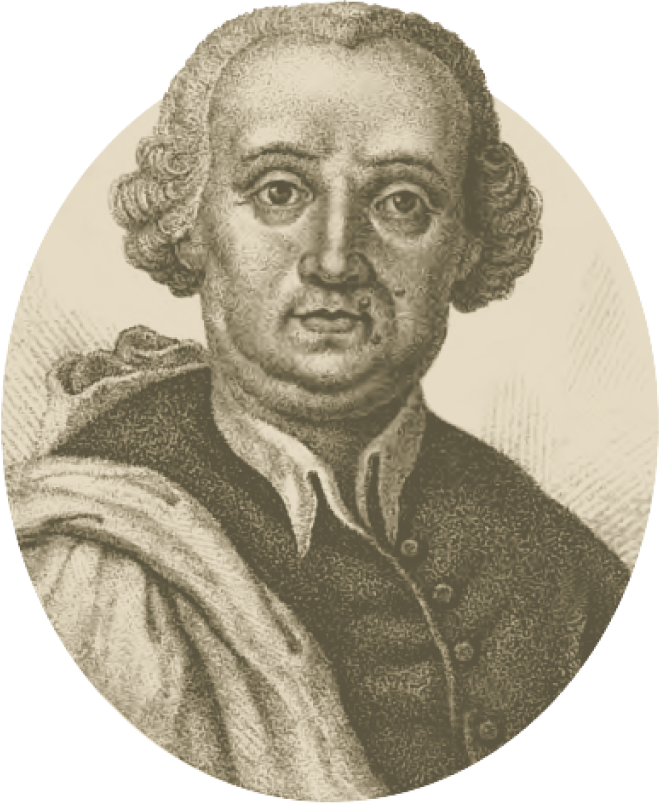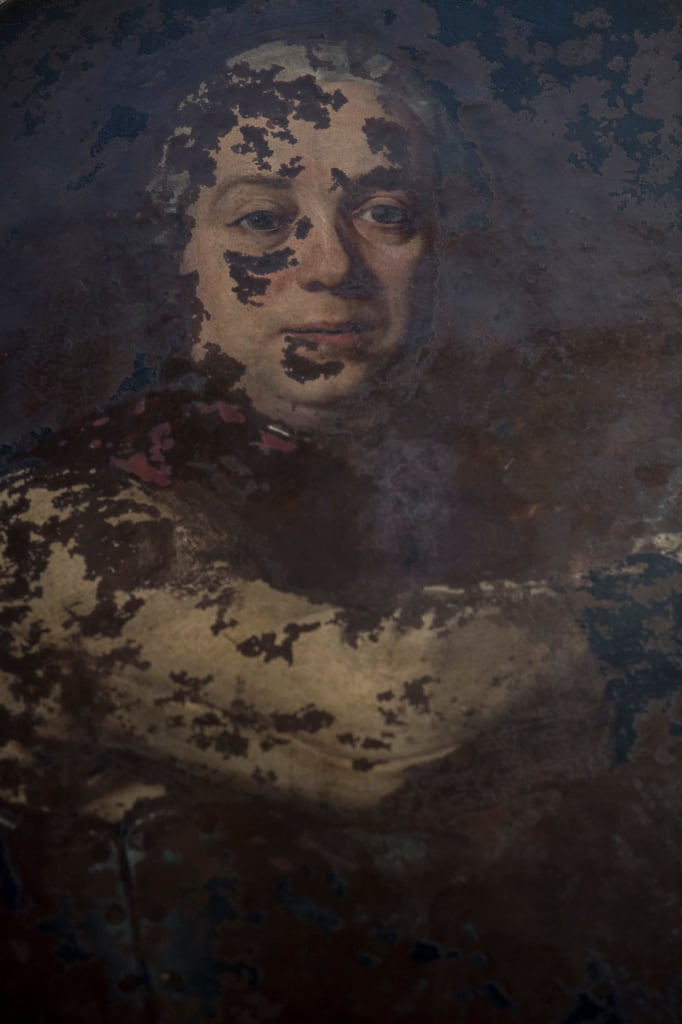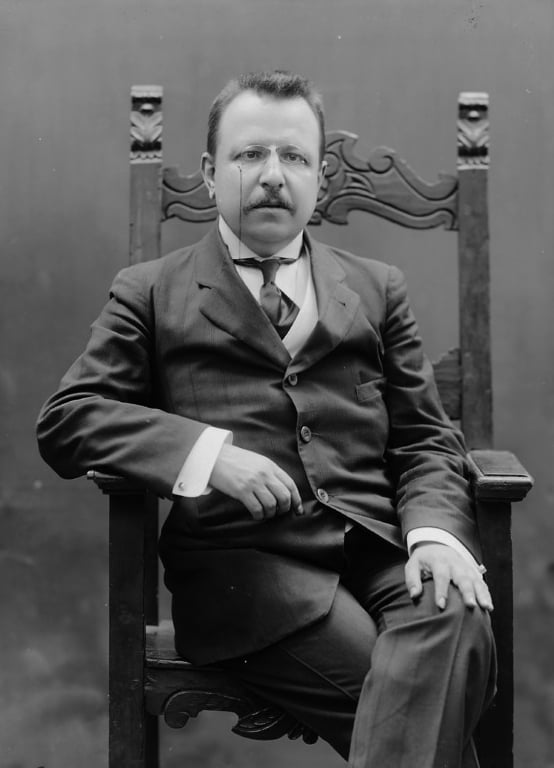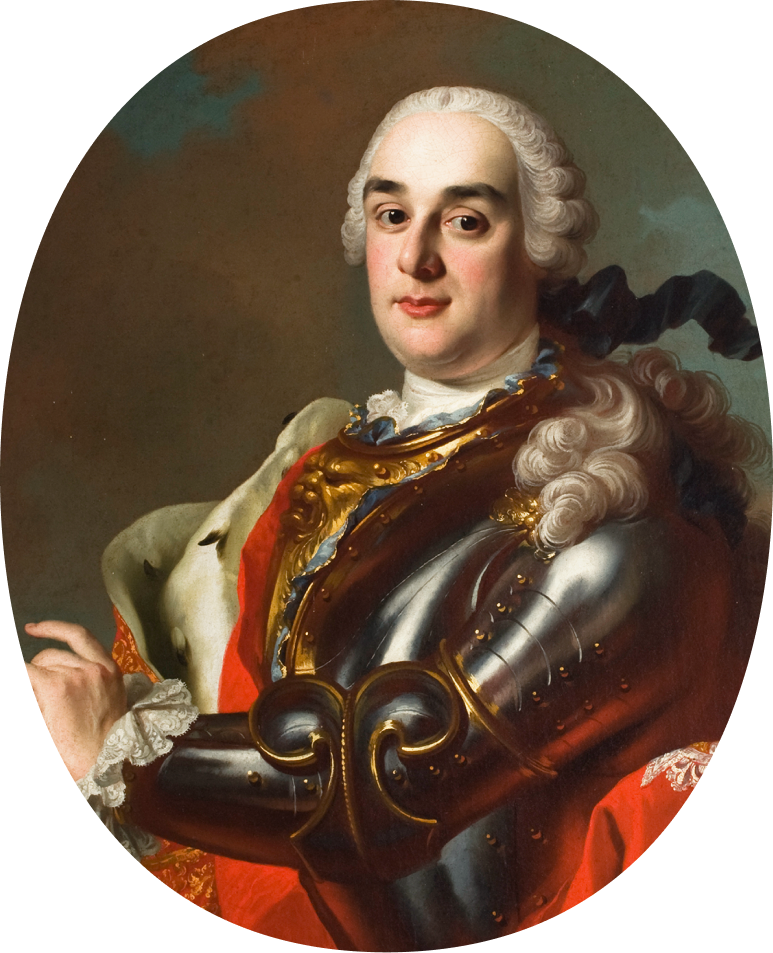He is of the line of a most noble family of the princes of the Kingdom of Naples, and takes his name, Prince of Sansevero, from that of his feud. He stands out for his singular, wonderful, and one might say, miraculous, genius. He seems to be wholly immersed in philosophical studies. He carries out new experiments every day […] He knows the most diverse foreign languages, but first and foremost he cultivates the very highest eloquence and purity of the Italian language. With his passionate lust for fame and vain glory, in the preface of his Lettera Apologetica he reveals how he is driven by this ambition, going so far as to consider himself almost the author of some new doctrine […] He is a diligent scholar and admirer of heretical writers, especially those among the British who introduce the idea of freedom and religious indifference.
